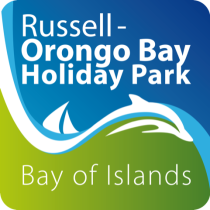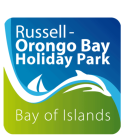Russell – Orongo Bay Holiday Park is home to four of New Zealand’s rarest birds, the North Island brown kiwi, the North Island weka, mātātā and the pāteke. At night you will hear the calls of kiwi, weka and moreporks, during your stay with us.
Birds which live in or frequent the park also include rosellas, pūkeko, pīwakawaka, kererū, tūī, tauhou, kōtare, riroriro, miromiro, spur winged plovers, goldfinch, heron, pheasant, mallard and grey duck, brown and california quail.
How many can you spot?
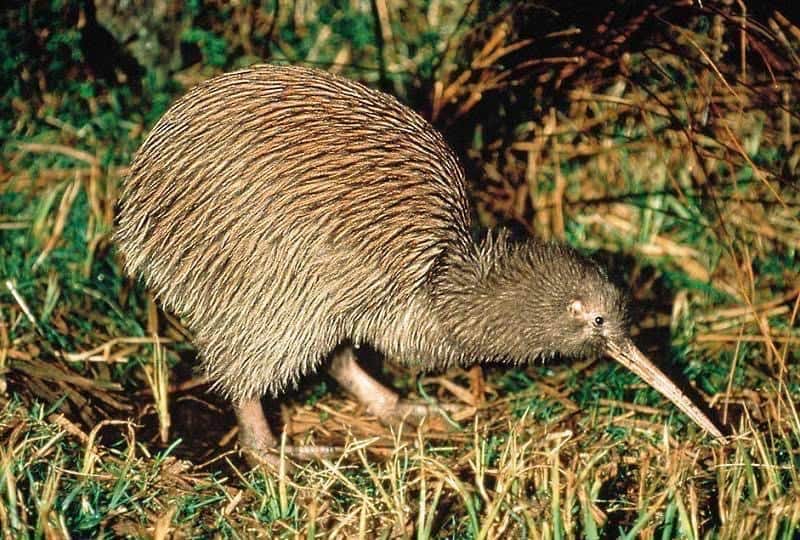
NORTH ISLAND BROWN KIWI – Apteryx mantelli or Apteryx australis
The kiwi is the national bird of New Zealand. It has dark brown spiky feather tinged with red brown and black and a long pointy beak. It is a flightless and nocturnal bird – often heard at night but hardly seen. On average only five percent of kiwi chicks survive to adulthood. However, in areas under active pest management, survival rates for North Island brown kiwi can be far higher.
Listen to the Kiwi female Listen to the Kiwi male Read more about Kiwi
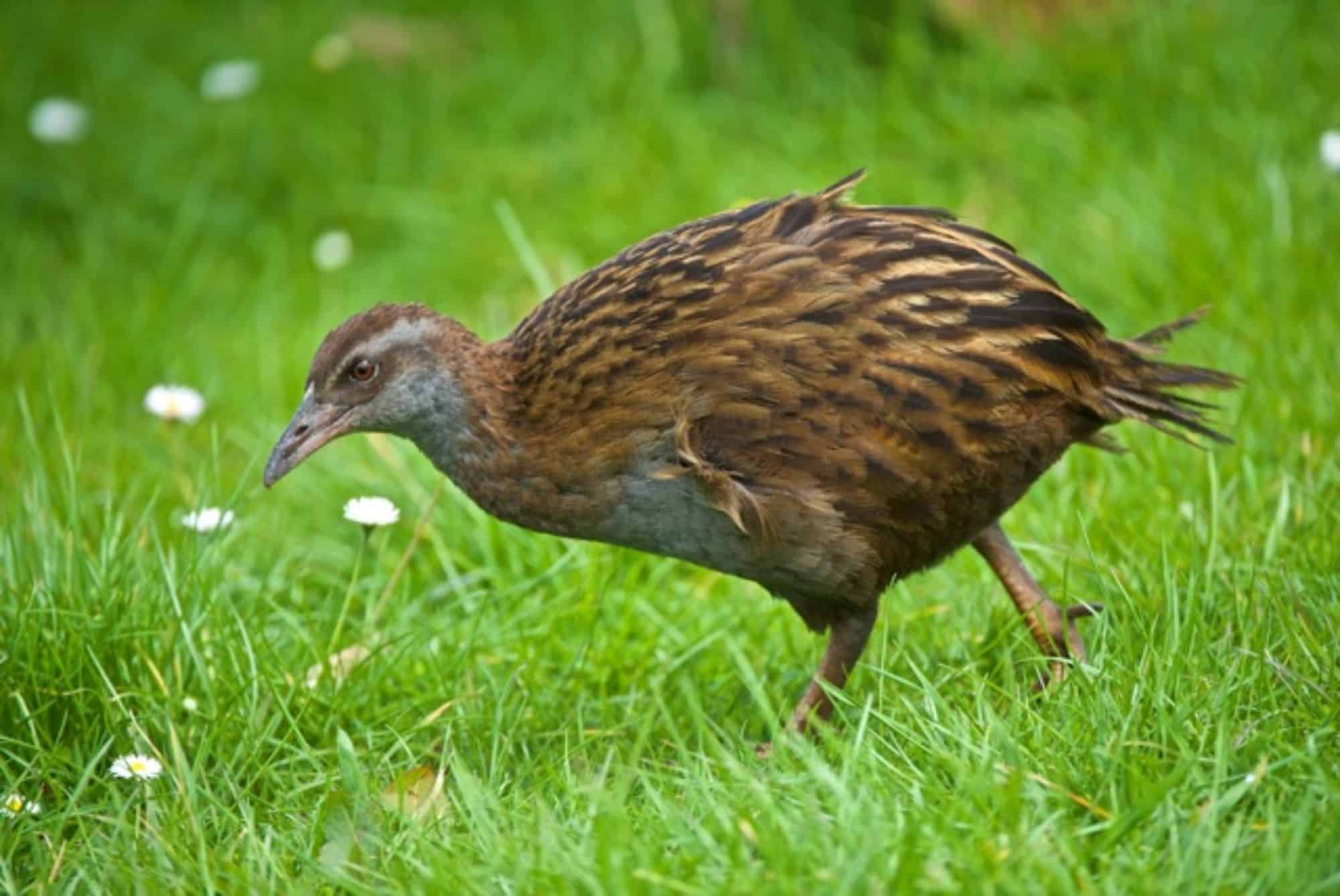
NORTH ISLAND WEKA OR WOODHEN – Gallirallus australis
Weka are an iconic flightless sturdy brown bird, about the size of a chicken. They are very charismatic and curious which attracts them to humans. As omnivores, they feed mainly on invertebrates and fruit. Where the weka is relatively common, their furtive curiosity leads them to search around houses and camps for food scraps, or anything unfamiliar and transportable.
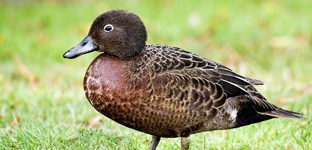
PĀTEKE OR BROWN TEAL DUCK – Anas chlorotis
The pāteke is brown while the breeding male has a glossy green head. A small dabbling duck species which was once widespread throughout New Zealand but is now rare and restricted to Great Barrier Island and coastal valleys of eastern Northland.

TŪĪ – Prosthemadera novaeseelandiae
Tūī are regularly seen in bush and urban settings. They are easily recognisable by thier white throat tuft (poi) and have lovely blue, green and bronze shade feathers. They have a very distinctive song and are very vocal. They love nectar, also frequently eat fruit and insects and pollen and seeds more occasionally. They are the main pollinators of flax, kowhai, kaka beak and some other plants.
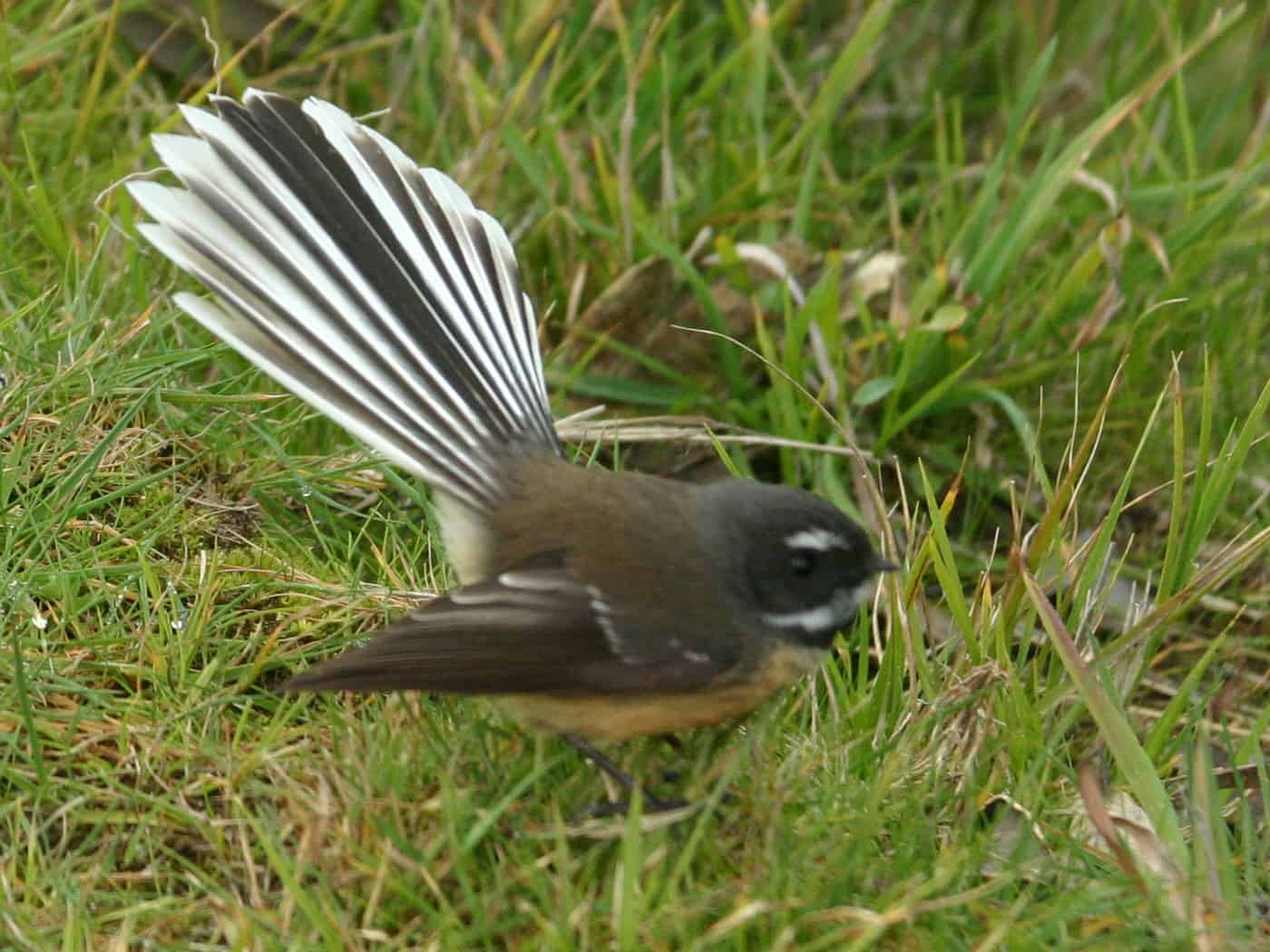
PĪWAKAWAKA OR NEW ZEALAND FANTAIL – Rhipidura fuliginosa
The pīwakawaka is one of New Zealand’s best known birds, easily recognisable by their fanned tail. During waking hours the pīwakawaka is almost never still. It flits from perch to perch, sometimes on the ground but mostly on the twigs of a tree or any other convenient object, looking out for flying insects. The birds are not shy, and will often flit within a few metres of people, especially in forested areas and suburban gardens. They also have a very loud song.
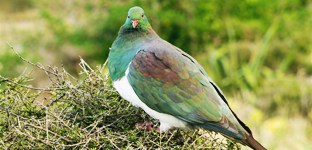
KERERŪ OR NEW ZEALAND PIGEON – Hemiphaga novaeseelandiae
A large bird with distinctive colouring, kererū are blue-green with purple-bronze highlights and white underneath. You can often hear it before you see it by the sound of it wing beats. Primarily eating fruits from native trees. they play an important ecological role, as they are the only birds capable of eating the largest native fruits & drupes. While fruit comprises the major part of their diets, the kererū also browses on leaves and buds, especially nitrogen rich foliage during breeding.
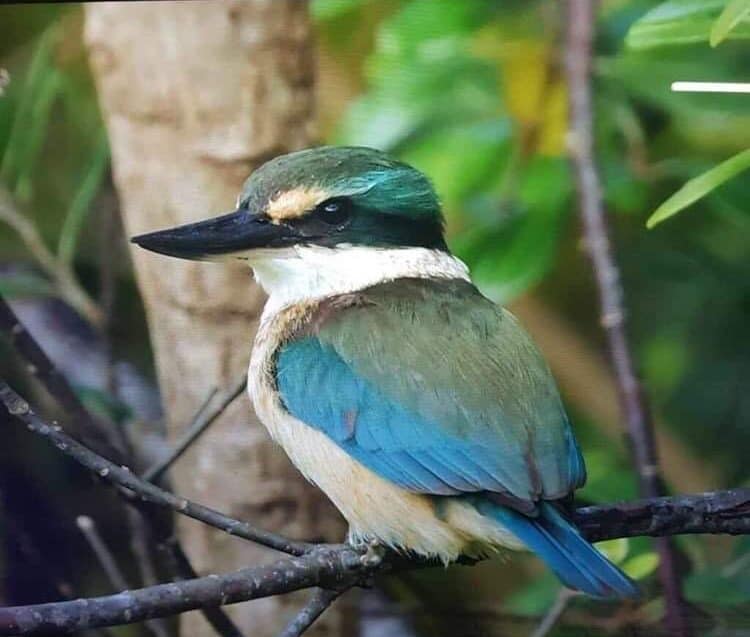
KŌTARE OR SACRED KINGFISHER – Todiramphus sanctus
Often seen perched on power lines, or on branches and rocks near water. Kōtare have a green-blue back and orangey/white underneath with a broad black eye stripe. They feed on insects, small crustaceans, fish, small rodents and reptiles, and there are a few reports of them eating small finches.
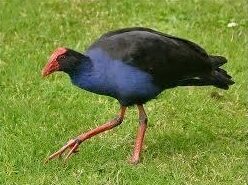
PŪKEKO OR PURPLE SWAMPHEN – Porphyrio porphyrio
A deep blue-coloured bird with a black head and upperparts, a white undertail and a scarlet bill. Pūkeko nest, typically well hidden in the middle of a clump of raupo, in the wetlands area adjacent to the park.
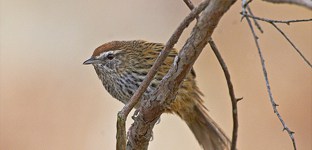
MĀTĀTĀ OR KŌTĀTĀ OR FERNBIRD – Bowdleria punctata
The Mātātā is small like a sparrow, brown, streaked and spotted dark brown with a long tail. A insectivorous ground-dwelling bird, and is a reluctant flier, travelling mainly on foot or in occasional short flights of less than 15 metres It is secretive and lives in freshwater and tidal wetlands.
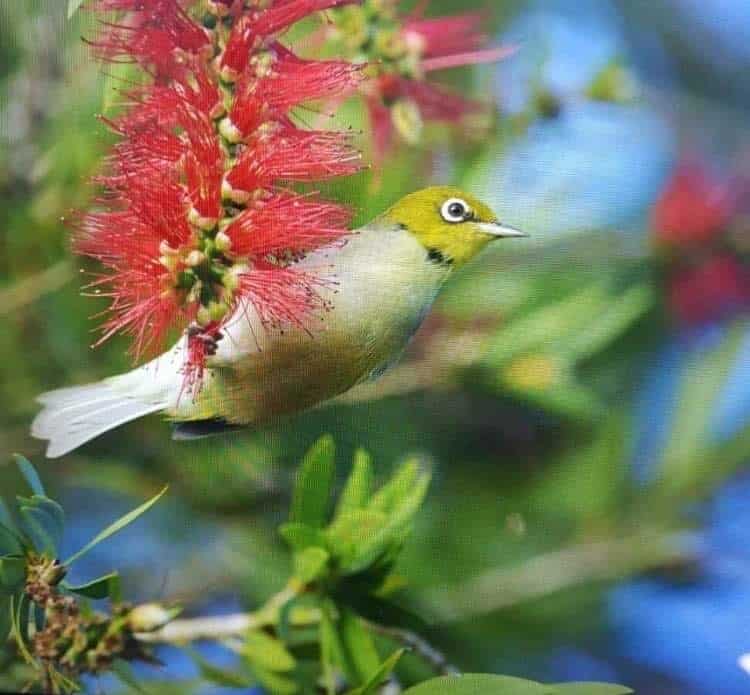
TAUHOU OR SILVEREYE OR WAXEYE – Zosterops lateralis
Tauhou is small with olive green upperparts and head and a distinctive white eye-ring, grey back and creamy-white underparts with pinkish-brown flanks. They breed in spring and early summer (mainly between September and December), making a tiny cup of grass, moss, hair, spiderweb, and thistledown, suspended from a small tree or shrub, and laying 2 to 4 pale blue eggs.
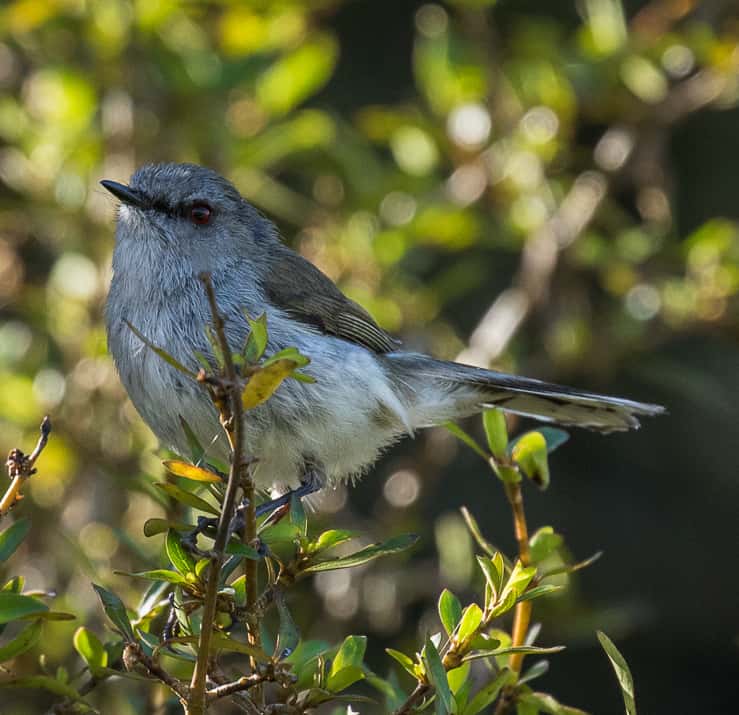
RIRORIRO OR GREY WARBLER – Gerygone igata
A tiny small olive-grey, insect eating bird. A songbird with a loud distinctive song it is often heard and never seen as it spends alot of time in dense bush and scrub, forest, parks and gardens.
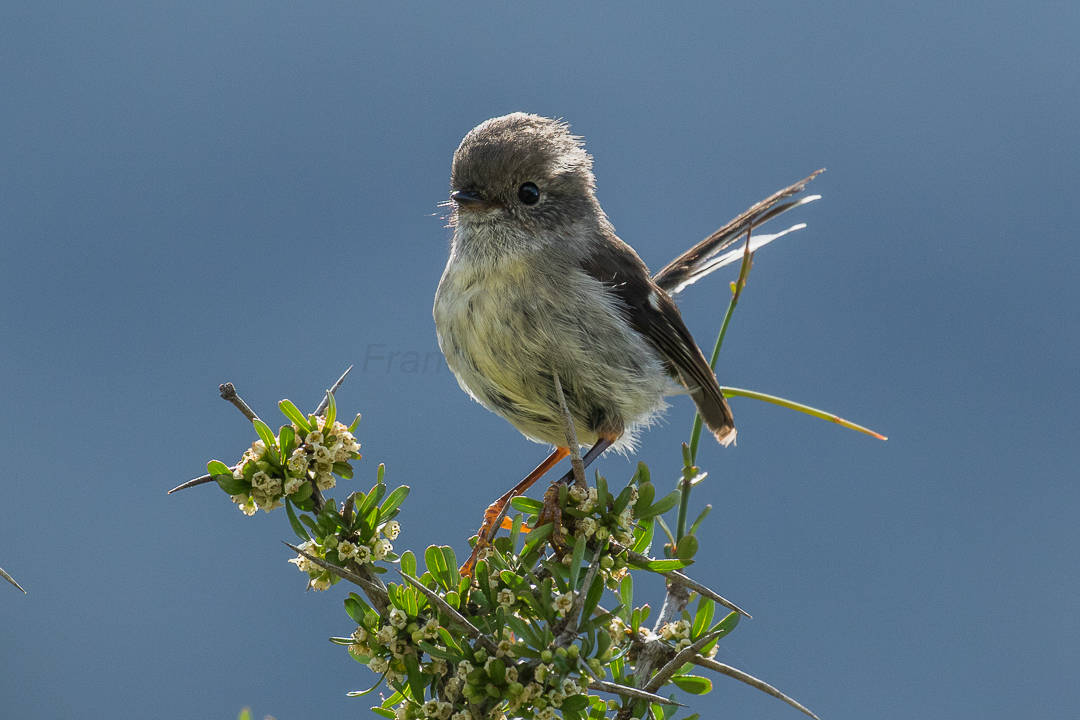
MIROMIRO OR TOMTIT – Petroica macrocephala toitoi
A little black-and-white bird with a large head and short tail. They live in forest and scrub and are adaptable, living both at sea level and sub alpine throughout New Zealand.
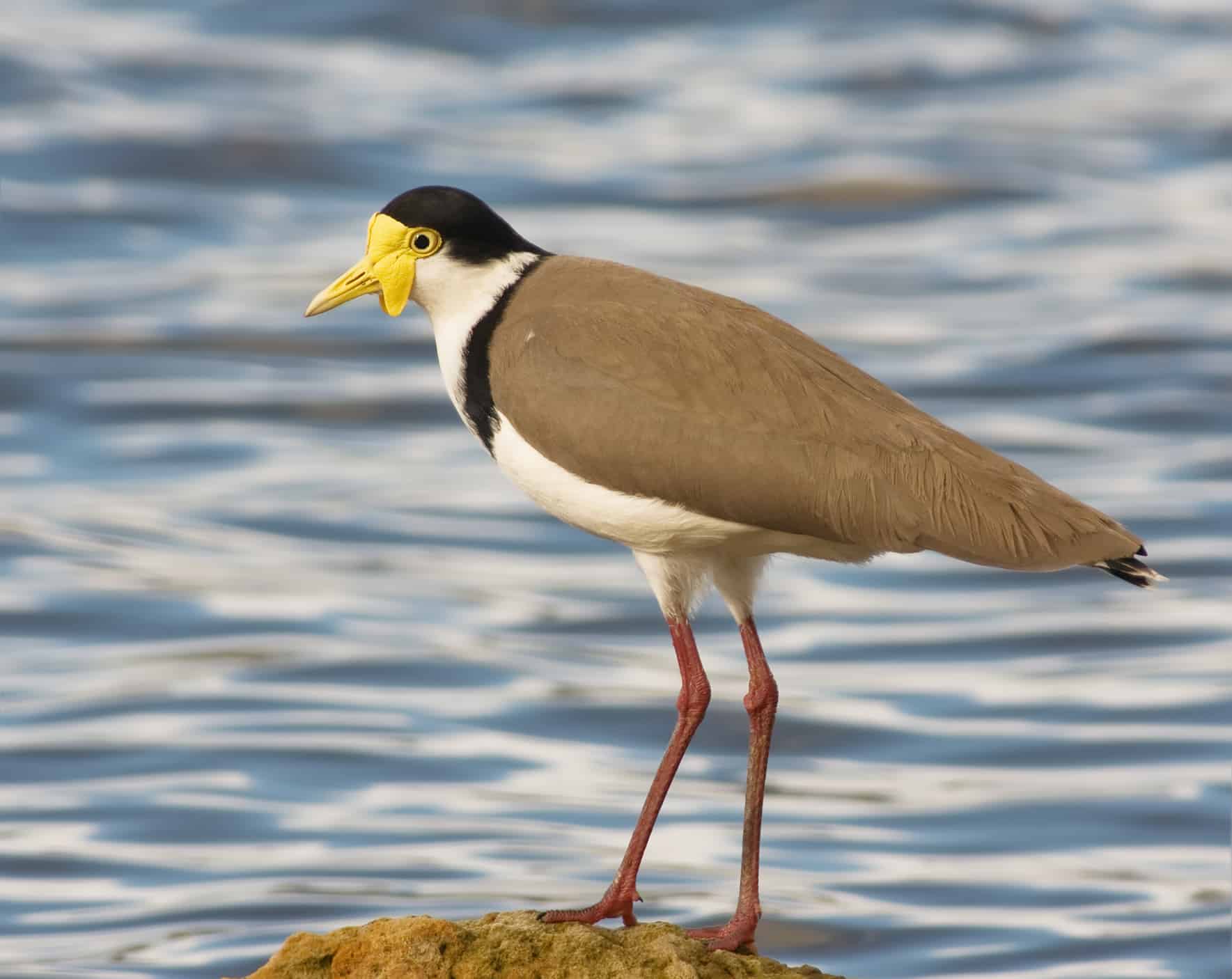
SPUR-WINGED PLOVER – Vanellus miles
A large stocky wader with yellow bill and yellow eye ring, grey brown upper and black head. They can be found in areas with low vegetation and near water. They were fully protected in 1946, a status that was lifted in 2010.
Listen to the Spur-winged Plover Read more about Spur-winged Plover
Thanks to Department of Conservation (NZ) and NZ Birds Online for the Birdsong recordings https://www.doc.govt.nz/nature/native-animals/birds/bird-songs-and-calls/ & http://www.nzbirdsonline.org.nz/
